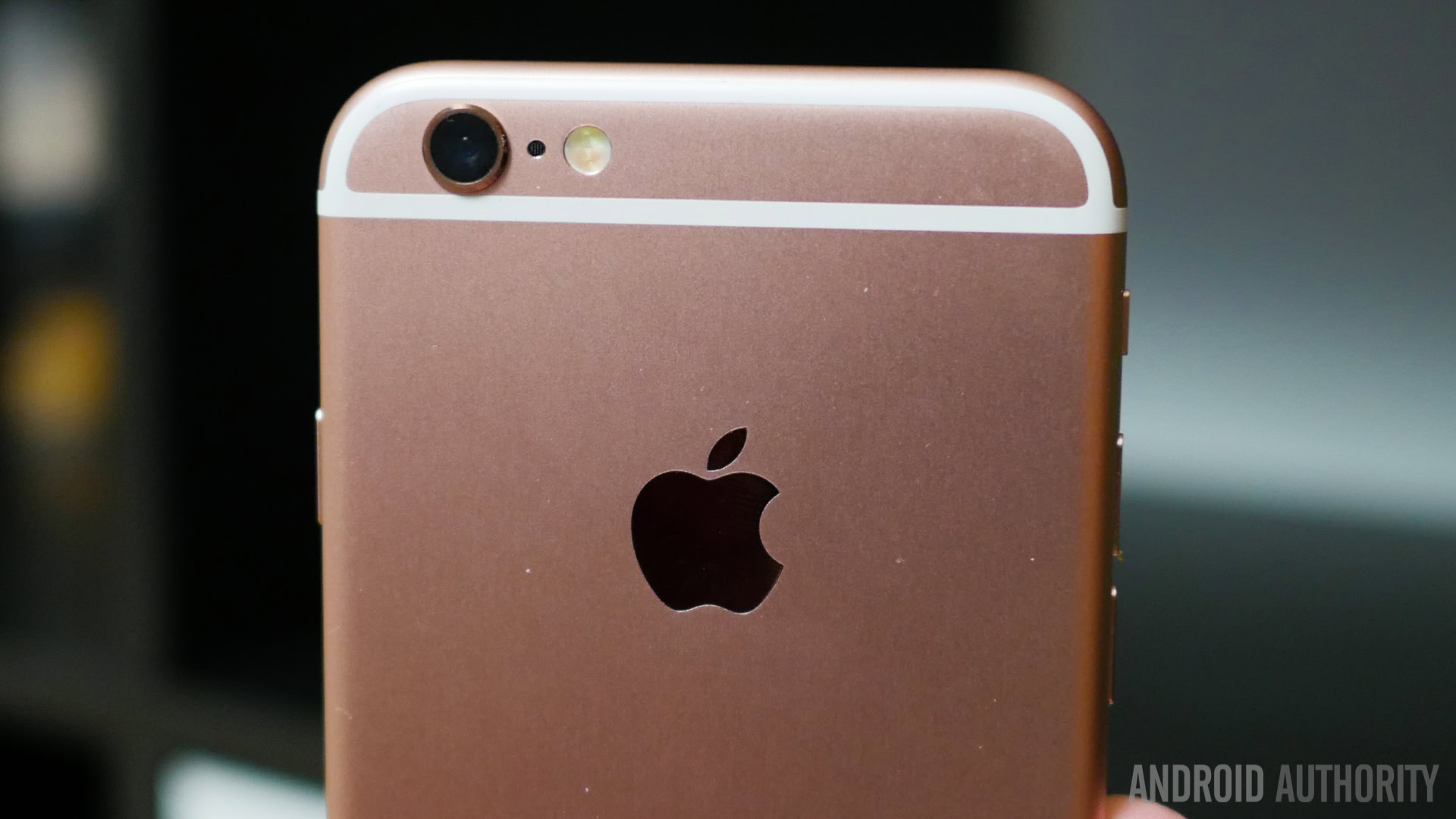Affiliate links on Android Authority may earn us a commission. Learn more.
Apple fined $234 million in damages for CPU patent infringement

Update: The jury has ordered Apple to pay out a little over $234 million in damages for infringing on patents held by the Wisconsin Alumni Research Foundation, the patent licensing arm of the University of Wisconsin-Madison.
Originally, Apple faced fines up to a total of $862 million, but the amount was reduced after the judge ruled that Apple had not wilfully infringed on the patent. While this may sound like a hefty fine, it won’t make too much of a dent in Apple’s revenue of $182 billion from last year.
The case relates to a patent designed to improve the speed and efficiency of processors. Apple was found to have used the technology without permission in its A7, A8 and A8X chips found in the iPhone 5S, 6 and 6 Plus. A separate case has been launched against the Apple A9 and A9X processors.
Apple declined to comment on the case, but did state that it will appeal the verdict.
Original:
Apple could be on the hook for a substantial damage pay out, as a US jury has found the company guilty of making use of patented technology owned by University of Wisconsin-Madison’s (WARF) licensing arm without permission.
The patent infringement in this case are related to Apple’s A7, A8 and A8X processors used in the iPhone 5S, 6 and 6 Plus. WARF also took up a similar lawsuit against Apple last month to target the company’s latest A9 and A9X processors that are found in the iPhone 6S and iPad Pro.
[related_videos title=”Apple vs Android:” align=”right” type=”custom” videos=”647458,634297,604644,587192″]WARF originally sued Apple in January 2014 for allegedly infringing on its 1998 patent related to out-of-order processing efficiency. Apple failed to convince the jury that the university’s patent was invalid and has previously tried to convince the US Patent and Trademark Office to review the patent, but this bid was rejected back in April.
If you’re interested in the specifics, WARF’s patent relates to a method for improving processor efficiency using a predictor circuit and mis-speculation history. The unique part appears to be to do with a table based approach to storage and to compare previous instructions. It’s not clear how WARF found out about the infringement, as this isn’t something that you can spot by just looking at a chip. Interestingly though, reference to a predictor table method can be spotted in one of Apple’s own patents, which was registered in 2012.
Apple is not the only company to have tried to avoid paying royalties for this particular patent. Back in 2008, WARF sued Intel over the use of the technology in its Core 2 Duo range of processors, but this case was settled out of court just before it was due to go to trial. With two big tech companies already found to be infringing on the patent, we have to wonder if other chip designers could come into the firing line too.
As a result of the lawsuit, Apple could face up to $862 million in damages. The case will now proceed to assess how much Apple should be liable for and whether or not the company wilfully infringed on the patent, which could result in harsher penalties.